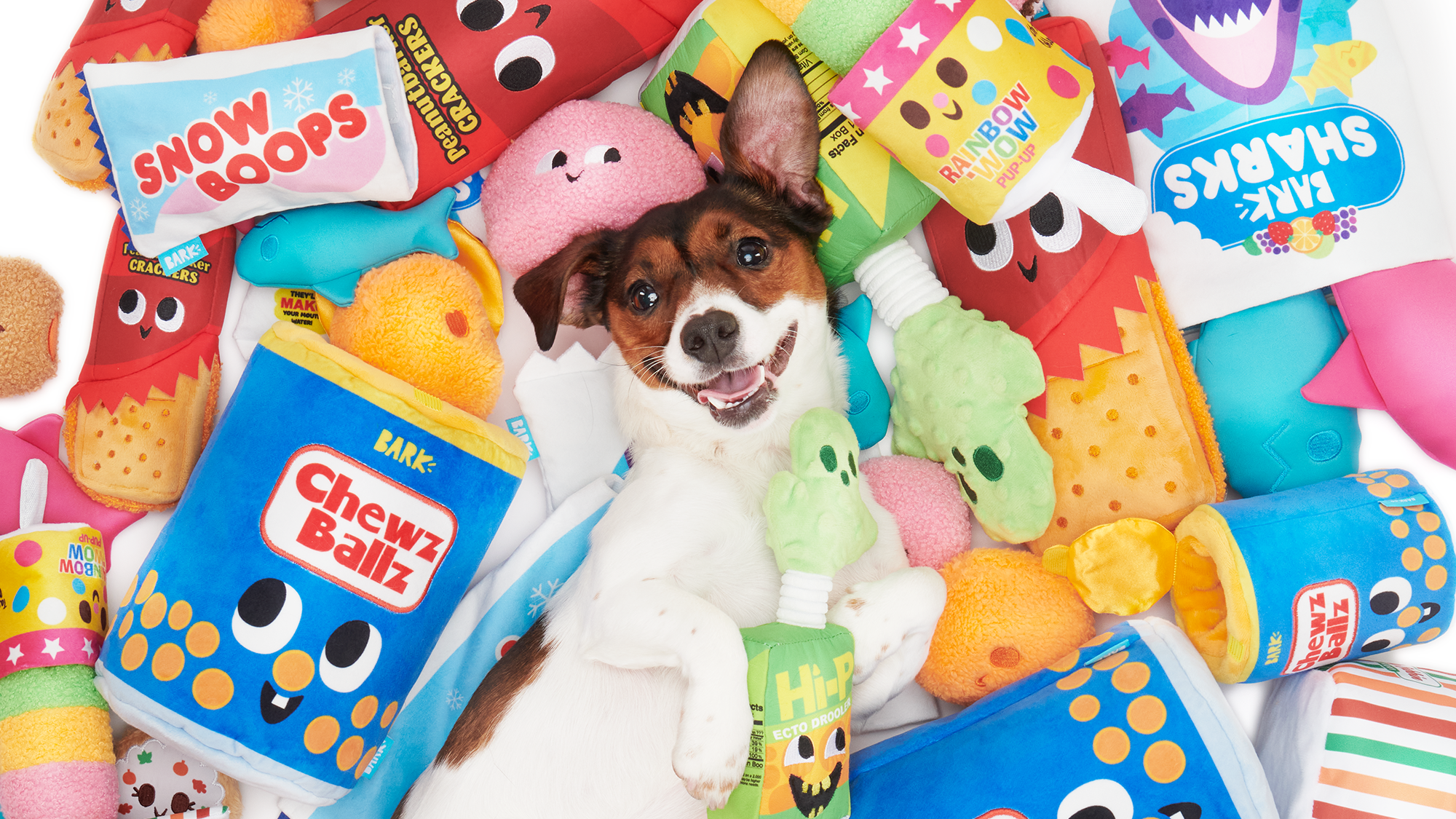20 tips for better dog walks
These dog walking tips can help all owners have more enjoyable walks
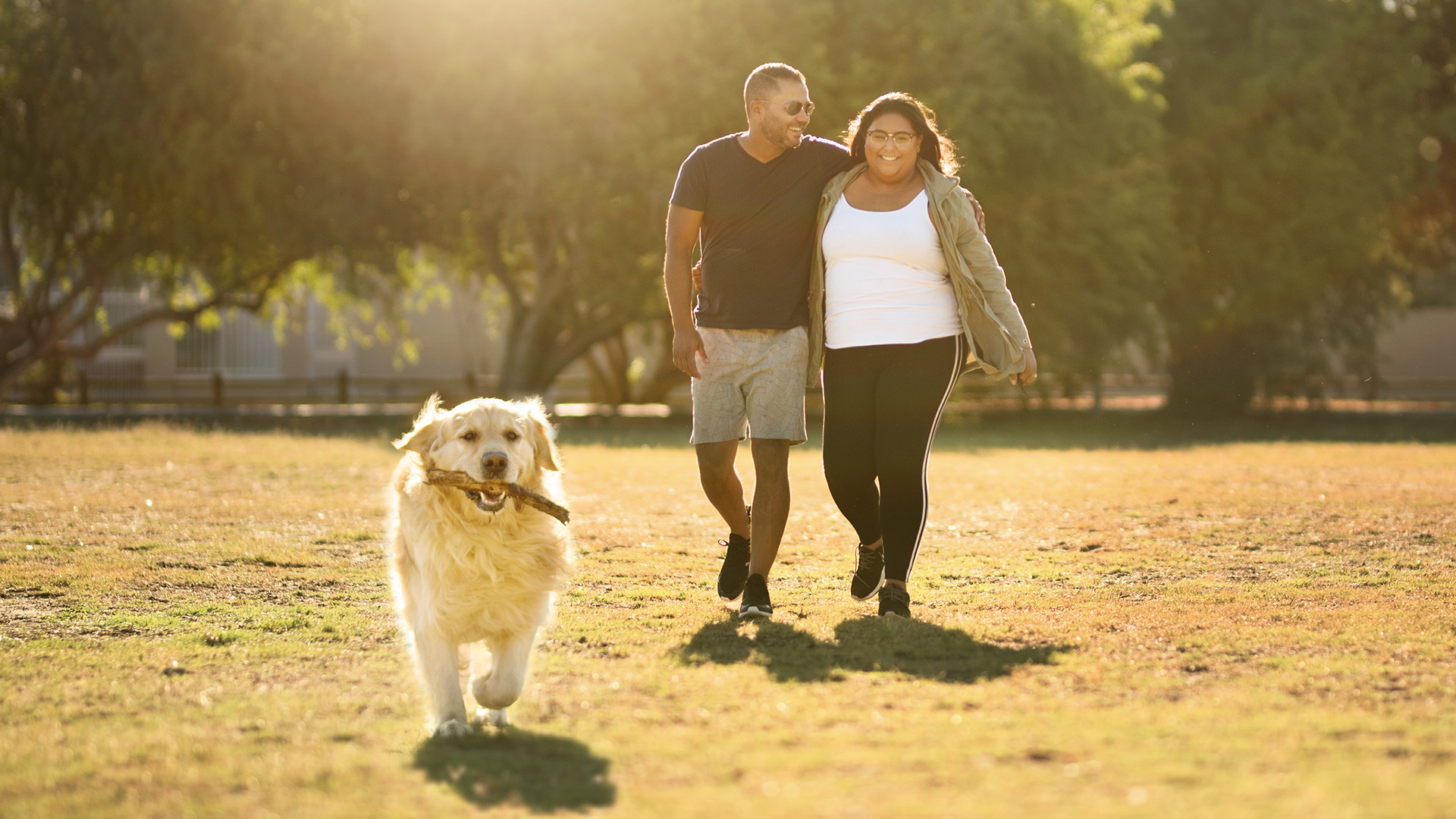
Anyone who’s ever seen the sparkle in their dog’s eyes at the mere mention of a walk (oh, yes, they understand that word) or sight of their leash knows just how much that daily outing means to them. For our canine companions, it’s more than just a chance to stretch their legs – it’s the highlight of their day. A good walk offers so much more than a bathroom break: it provides essential exercise, a way to burn off energy, and vital mental stimulation. In short, it’s nourishment for both body and soul.
But this daily routine can become a bit of a chore, as busy people we often rush this highlight of our dog’s day. Carving out an hour to tramp around the park or countryside can feel like a stress we don’t need. If our dog plays up, pulling on the leash, growling at passing dogs, or ignoring recall training, it becomes no fun for either party.
However, with the right attitude, ideas and a few dog walking tips, every walk can become an adventure that you both relish. Let’s take a look at 20 tips to boost your dog-walking game, from safety essentials to behavior hacks that will make your outings more enjoyable all around.
Dog walking tips
1. Right collar and leash

The leash and harness, or collar, must be comfortable for both dog and handler. Whether your dog wears a harness or collar, it needs to fit perfectly, not too loose or too tight, and be made of a suitable material that won’t chafe.
You don’t want a harness that slides around the body either, as that will make control tricky as well as causing potential sores. Different breeds suit different shapes of harness.
Next up, the type of leash. This needs to be an appropriate length. Too long and you won’t have sufficient control, too short, and you’ll end up tripping over your dog. You’ll have a preferred thickness and material, too: if your dog tends to pull on occasion, a very thin leash can cut into your hand.
If you like to run with your dog, then you’ll need a different set-up entirely. A bungee on a harness linking to the runner’s waistband is a popular and comfortable option for both dog and human.
Get the best advice, tips and top tech for your beloved Pets
Much of this is down to personal preference, but getting it right for both parties can improve the whole walking experience.
2. Weather check
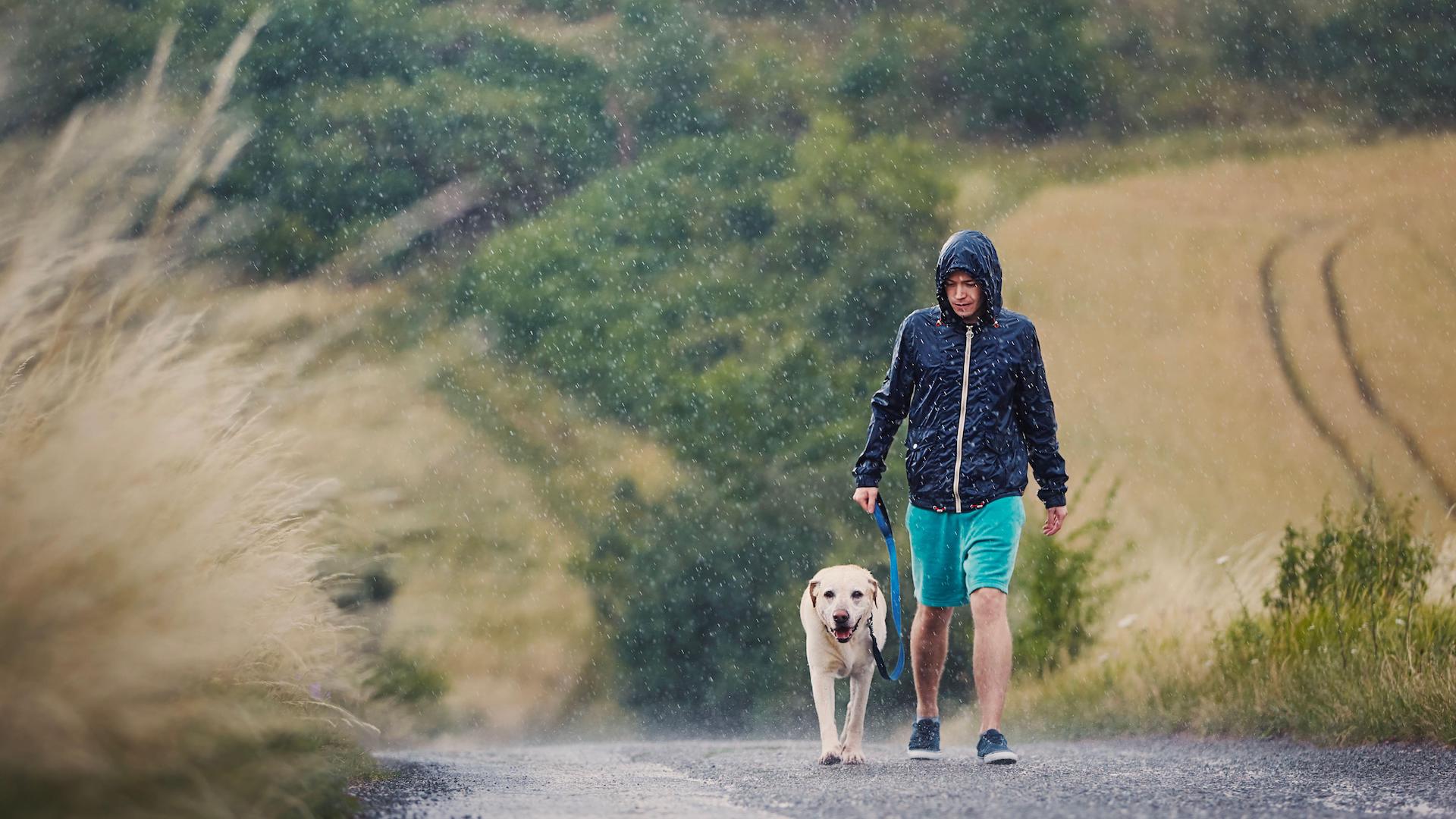
Many dogs don’t mind what the weather’s doing, but we humans tend to be a bit fussier about heading out in the rain. Plenty of dogs turn their nose up at the wet stuff, too! A quick check of the weather forecast can enable you to avoid the downpours if your schedule permits.
Heat is a more serious concern, and you should be aware of the signs it's too hot to walk your dog. You should avoid exercising your dog during the hottest part of the day when temperatures exceed around 82ºF (28ºC) – mornings and evenings are usually cooler, when you can keep out of direct sun. Bear in mind that the ground, particularly asphalt, can get so hot that it burns your dog’s paw pads.
3. Take water
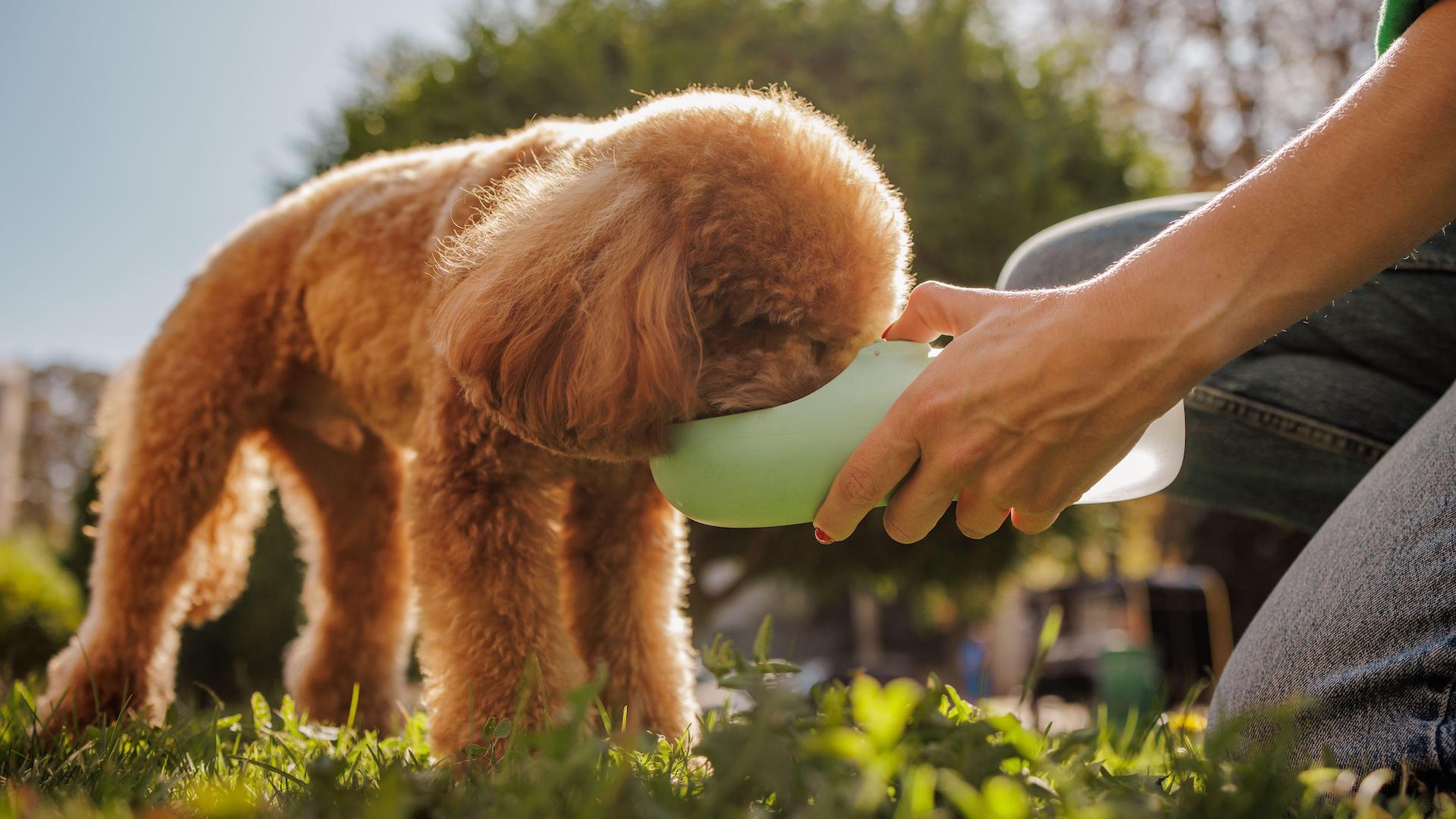
Most humans head out for exercise with a water supply so they can sip when needed, and the same should go for our dogs, especially during hot weather. Convenient doggy bottles combine the water container with a handy bowl so that you can offer water on the go.
This also prevents them from diving into the nearest water source, such as puddles or the sea, to quench their thirst, which is often not ideal, whether due to bacteria and disease or the salt content.
4. Treats at the ready
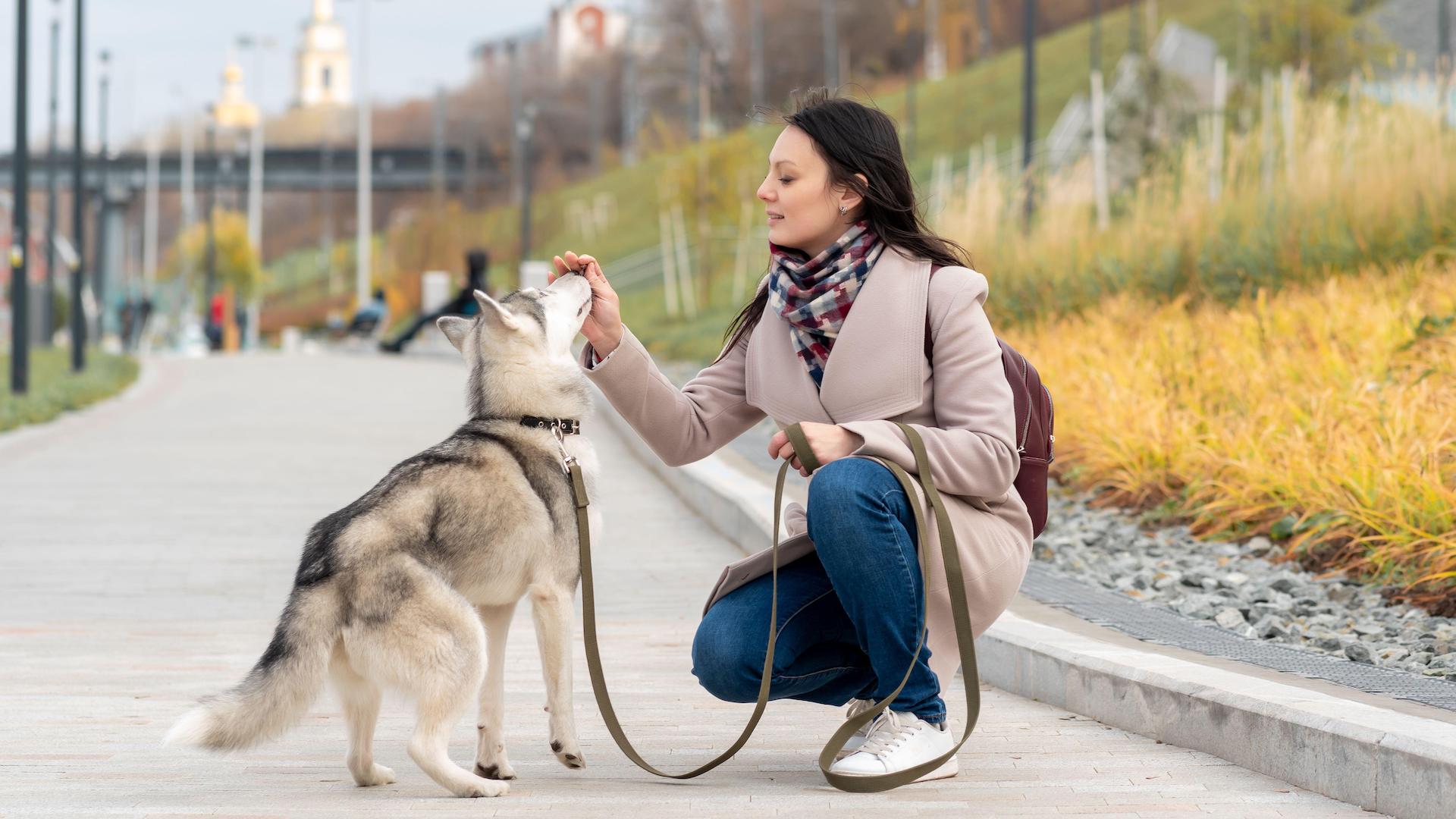
Dogs typically respond well to reward-based training, and there’s no better place to test that your recall is up to scratch than on a walk. When your dog comes rushing back to you as soon as you call, it’s useful to express your pleasure by giving them a well-earned treat. They’re much more likely to keep coming back!
The best dog treats are also handy for distracting them from other temptations, such as birds and small animals, garbage cans, and for keeping their concentration on you (and what you might offer them) rather than other dogs in the vicinity.
5. Reflective gear

If you walk in bad weather, poor light, at night, or on the roads, reflective gear is essential for safety. Other road users can spot you much more easily. But equally, if your dog is off-leash, you can spot him!
6. Sniffing permission
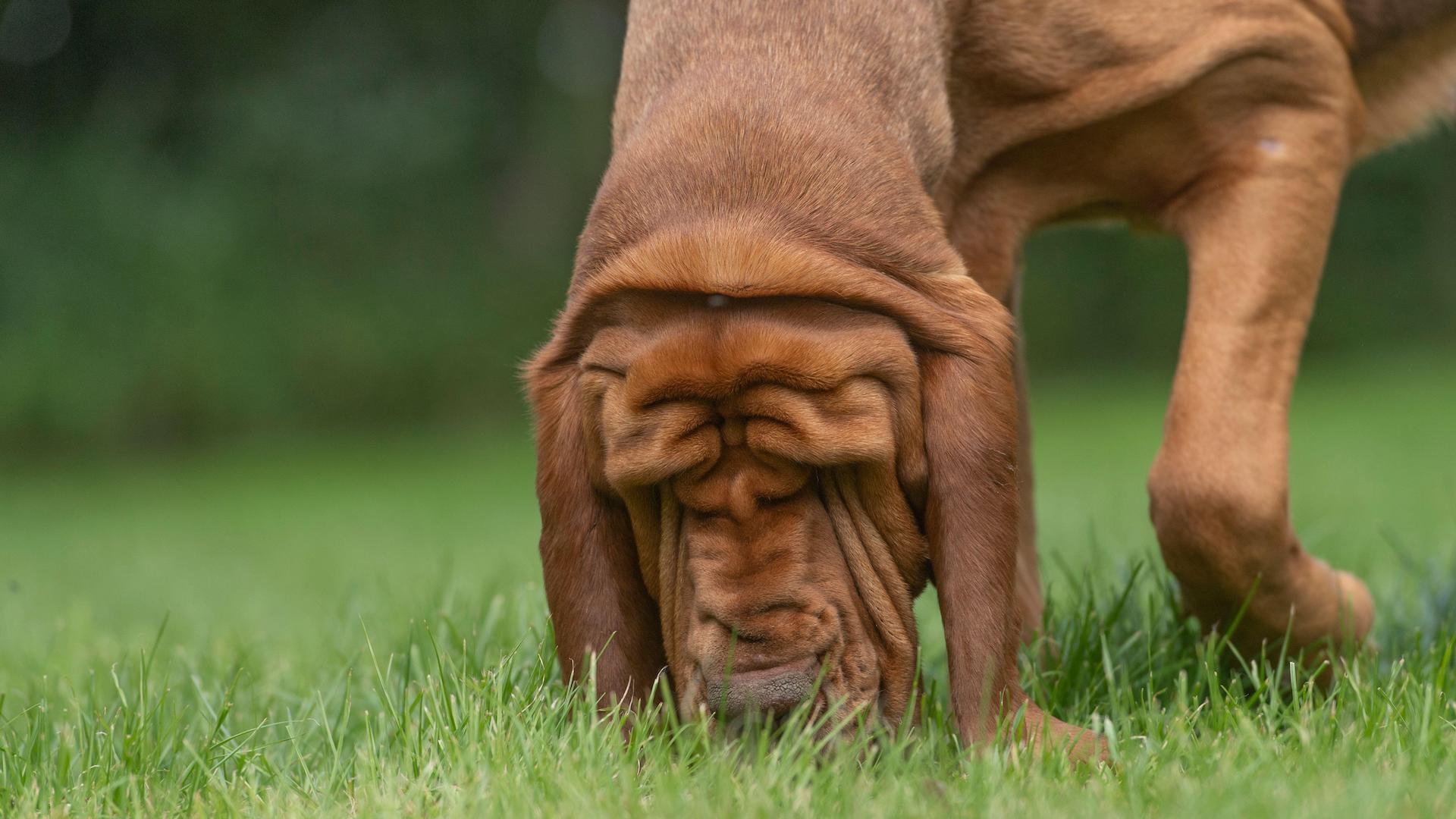
One of life’s great joys, if you are a dog, is the smells out on a walk. Dogs’ noses are considered to be 100,000 to a million times more sensitive than ours, depending on their breed, so you can imagine the treasure trove of scents wafting around them while out and about.
While you’ll make slow progress if you let them smell every scent they pass, do give them permission now and again to have a good, long sniff. It can even release the mood-booster dopamine. It is key for canine wellbeing, provides stress relief and stimulates them mentally, as well as enabling them to explore their environment.
7. Practise off leash
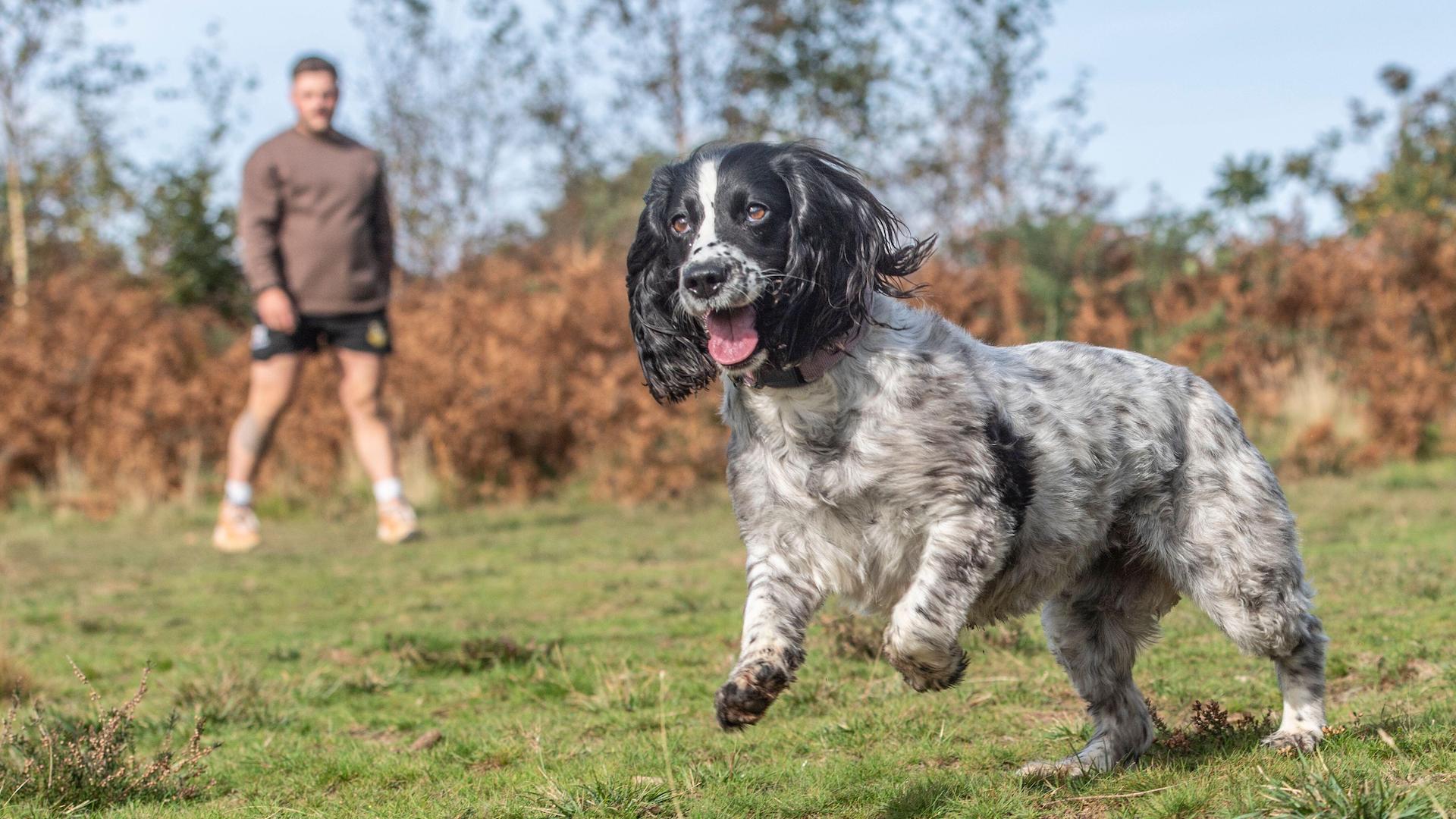
There are few things that confirm a well-trained dog: human partnership and the dog that returns to his handler at his whistle or call.
Dogs love to run off leash, but it can be very stressful if you aren’t certain they’ll return when called. Teaching recall is a vital obedience exercise to master.
8. Obedience drills

Practicing obedience exercises can be a great way to provide your dog with mental and physical stimulation while out on a walk. They are one of the ways to improve your relationship with your dog. Plus, they serve as a useful distraction from other temptations because your dog is busy working out how to please you.
You can pepper your walks with short training sessions, which will keep the workload light and enjoyable for your dog in a happy and engaged learning environment.
9. Stay off the phone
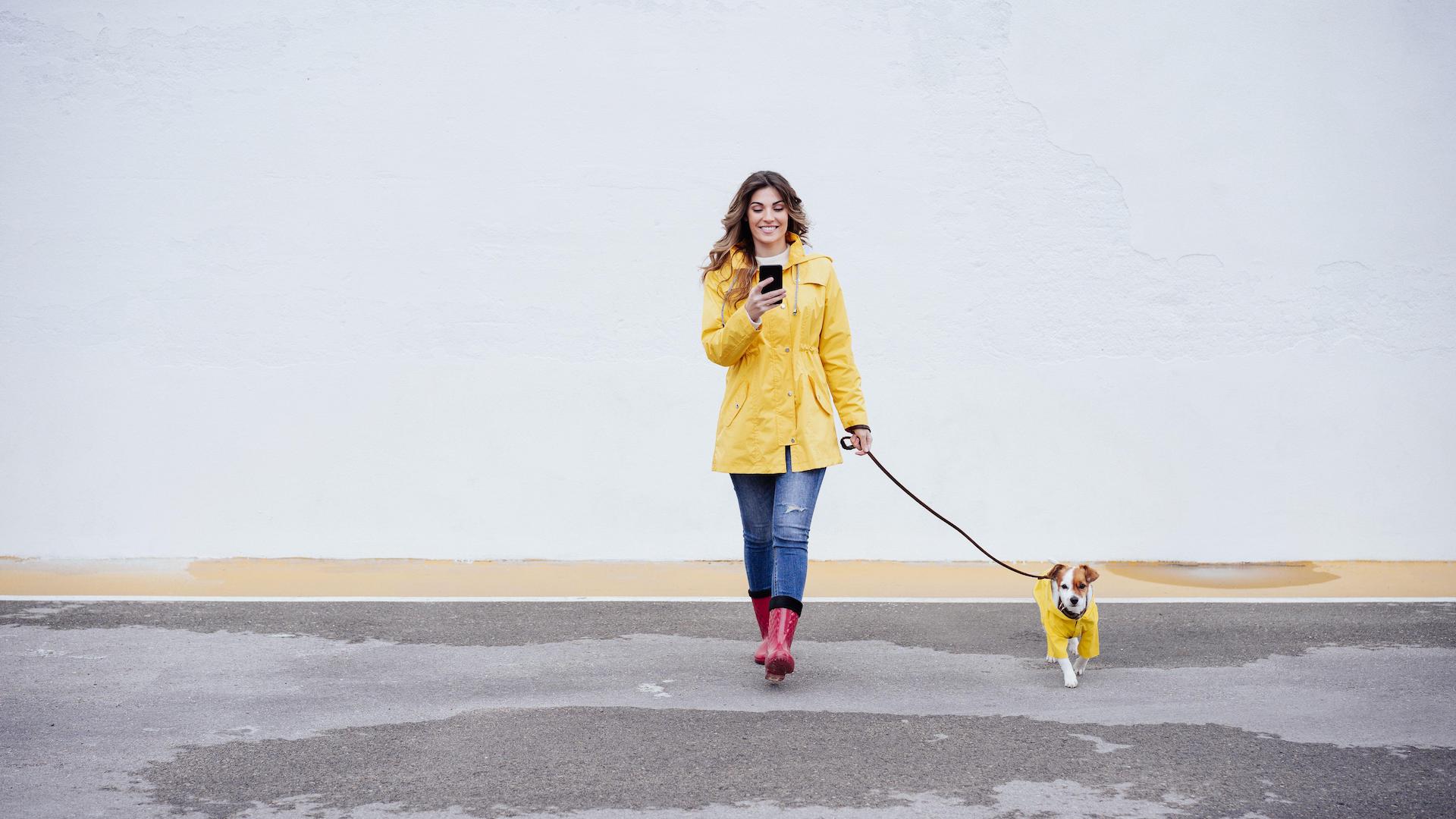
Your dog will probably enjoy his walk, whatever you do, but how much more rewarding it will be for both of you if you are fully engaged in this hour of dog time. Messaging, emailing, or listening to headphones while you walk means you’re only physically involved in the outing, rather than sharing the experience with your pooch.
Don’t blame the dog if he finds other distractions!
10. Route choice

It’s highly likely you’re always calling the shots as the route planner, so how about letting your dog decide where to go, where possible? When you reach a junction, see if your dog leans one way or the other, and follow his decision. You may explore new territory, or just get an idea of where he really enjoys going (or sniffing!)
11. Visit new trails

Having a dog is a great excuse to explore, especially with so many beautiful dog walks in the US. You’ll both benefit from checking out new trails and terrains (new smells, too!). Always research beforehand to ensure dogs are permitted, whether on or off leash. Take a map!
12. Scent games en route
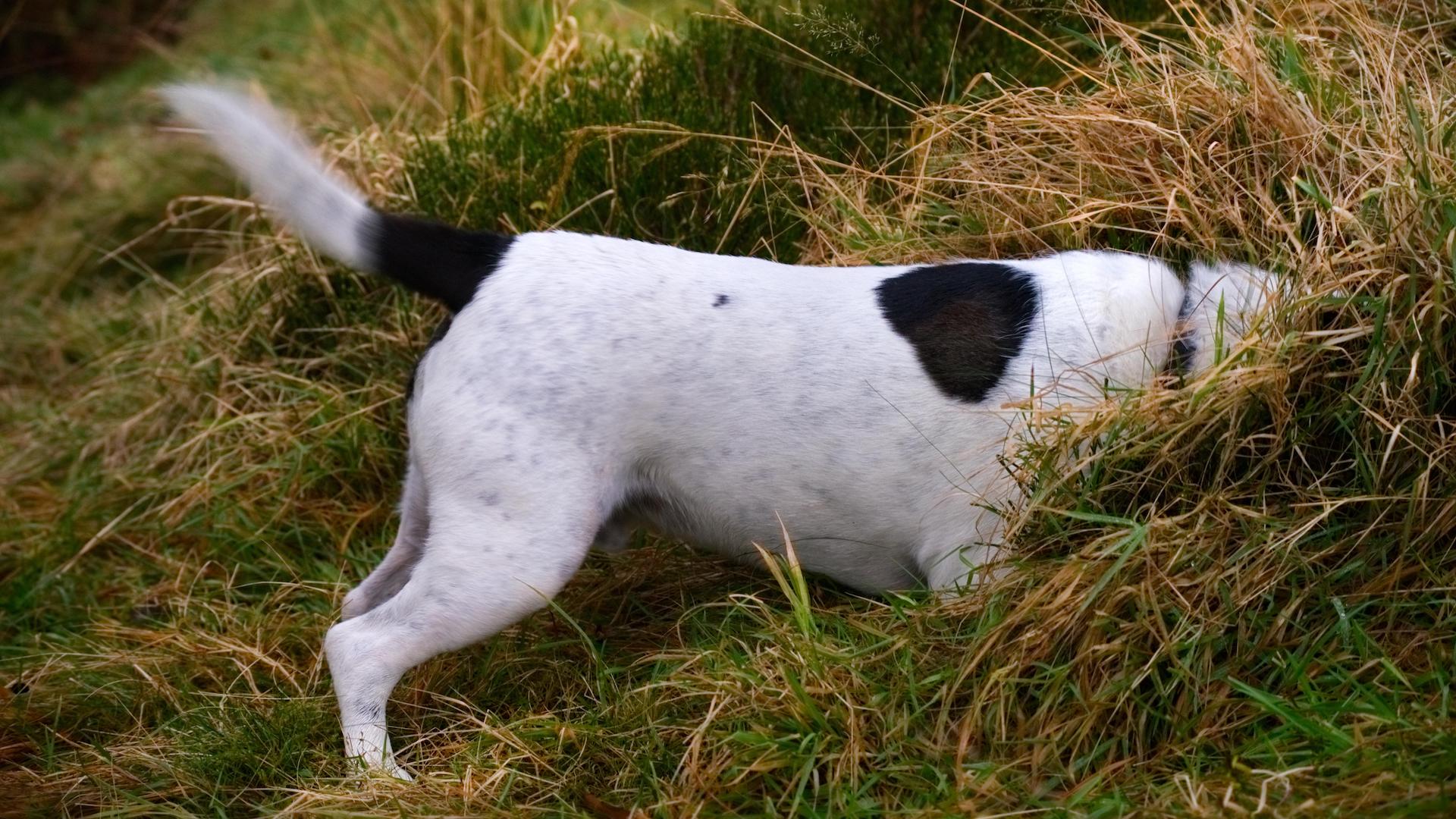
Scent games are great enrichment for your pup, and an excellent way of keeping his concentration on you, rather than all the other smells that a walk can offer. Take training treats, or his favorite ball, and either lay trails or hide treats in grass and undergrowth (according to how intrepid he is) to give him the satisfaction of sniffing them out.
If your dog is easily distracted while out on a walk, this is a great way of bringing him back to you and what you might be offering.
13. Fast and slow
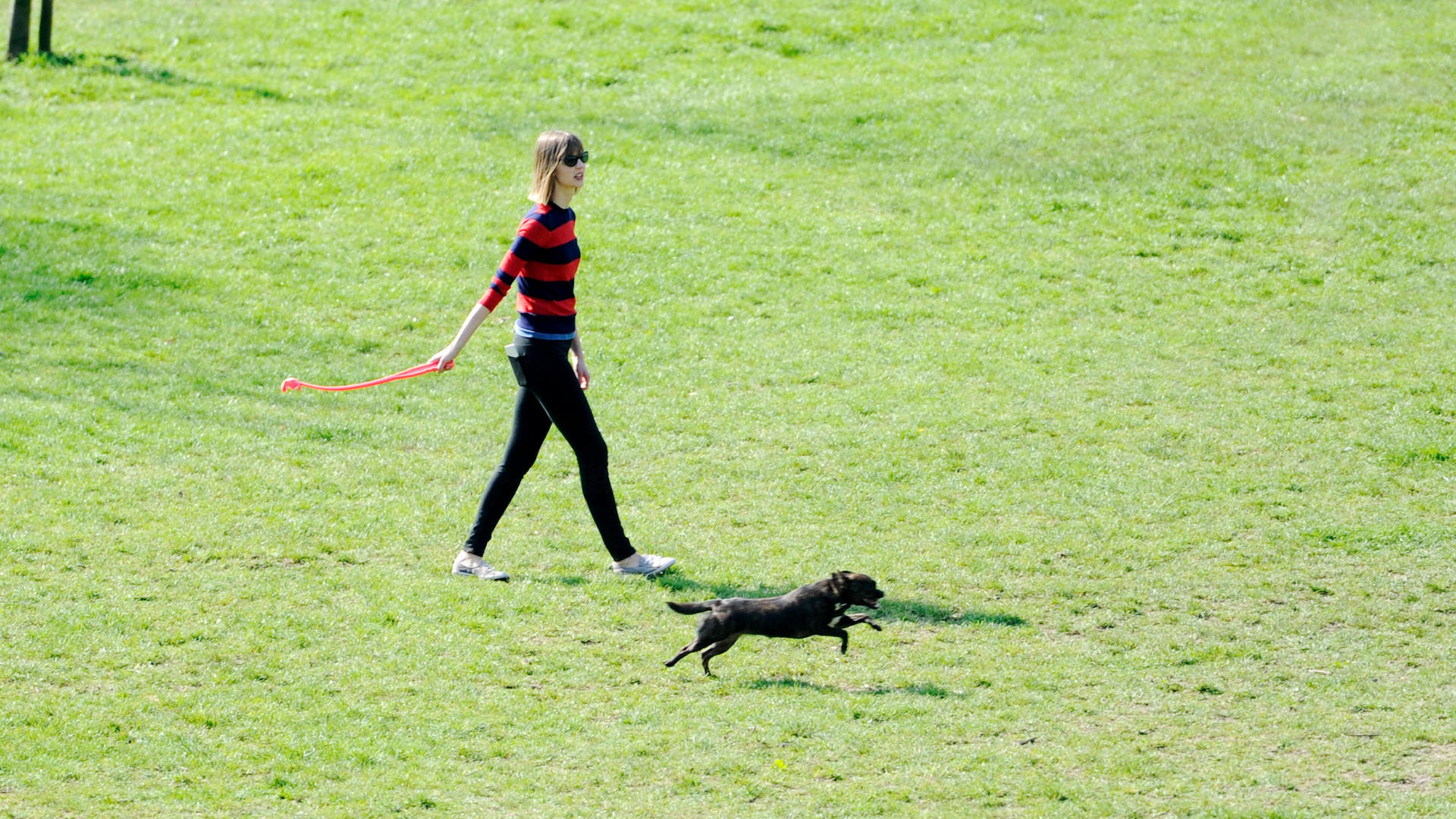
Left to their own devices, dogs tend to mix up the pace. One minute they’re sniffing avidly in a tussock of grass, almost stationary, the next they are tearing up a path, revelling in their speed. They rarely jog along at a monotonous pace like we humans do.
So mix it up. Walk fast, then stop and admire nature, new leaves and buds, or spot some birds. If you’re not up for running, throw a ball and play fetch to give your pup some faster exercise.
14. Know your dog’s limits

Although daily walks are great for nearly all dogs, there is wide variation in how much exercise is appropriate. Brachycephalic breeds can struggle with their breathing, especially in hot weather.
Very young dogs should increase their walking time gradually (after their vaccinations), while senior or arthritic dogs will require a slower pace, and likely shorter walks than those in the prime of life.
15. Watch out for ticks
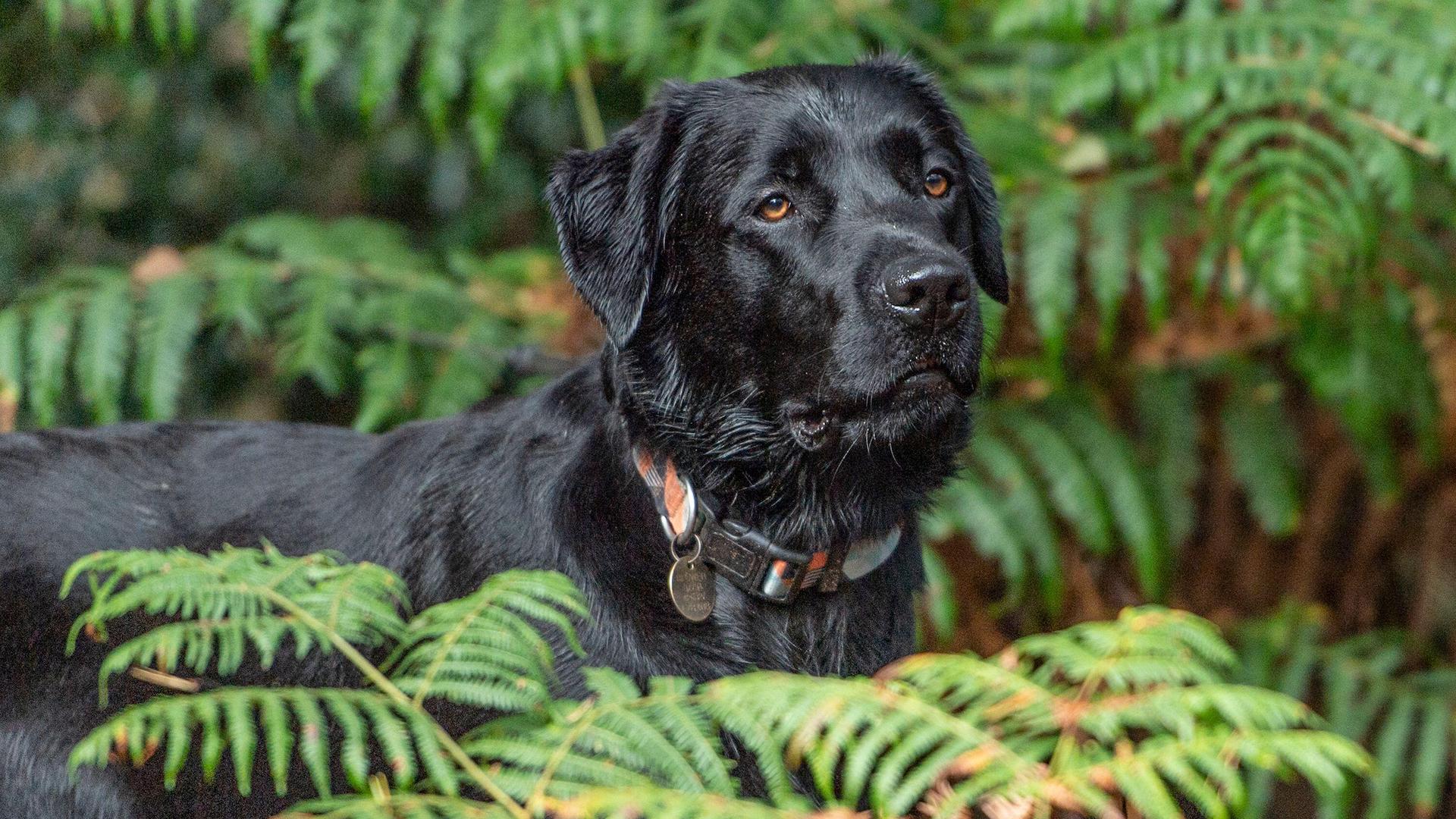
If there is one thing that can wreck a walk, it’s coming home with a collection of creepy-crawlies clinging to your dog – and you. Ticks are typically found in high concentrations in long grass, ferns, and wooded areas. They climb on to the dog’s fur and bury their way into their skin, where they suck blood and can transmit diseases. Particularly common between spring and autumn.
Stop ticks biting dogs by applying a tick treatment regularly, and twist off any that do attach themselves with a tick removal tool. Humans can protect themselves by wearing long sleeves and pants, and using tick repellent.
16. Bonding time
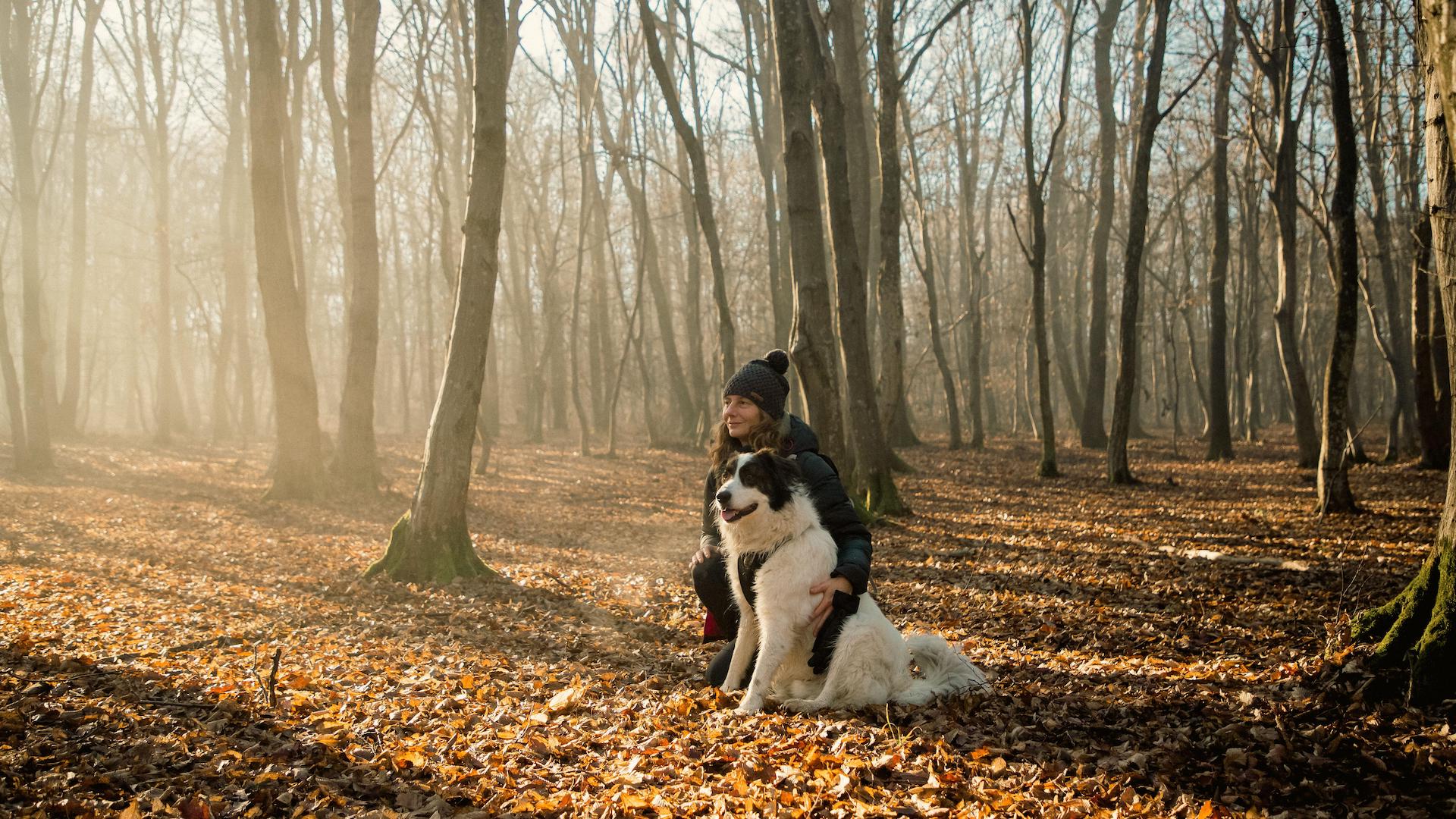
Walks are great bonding time for you and your dog, so give each session your full attention and engagement. This is the moment for interaction and shared experiences, as the dog enjoys your time together and benefits from the physical and mental stimulation. It’s almost a guarantee that whatever mood you start out your walk, you’ll feel even better afterwards.
17. Take doggy first aid
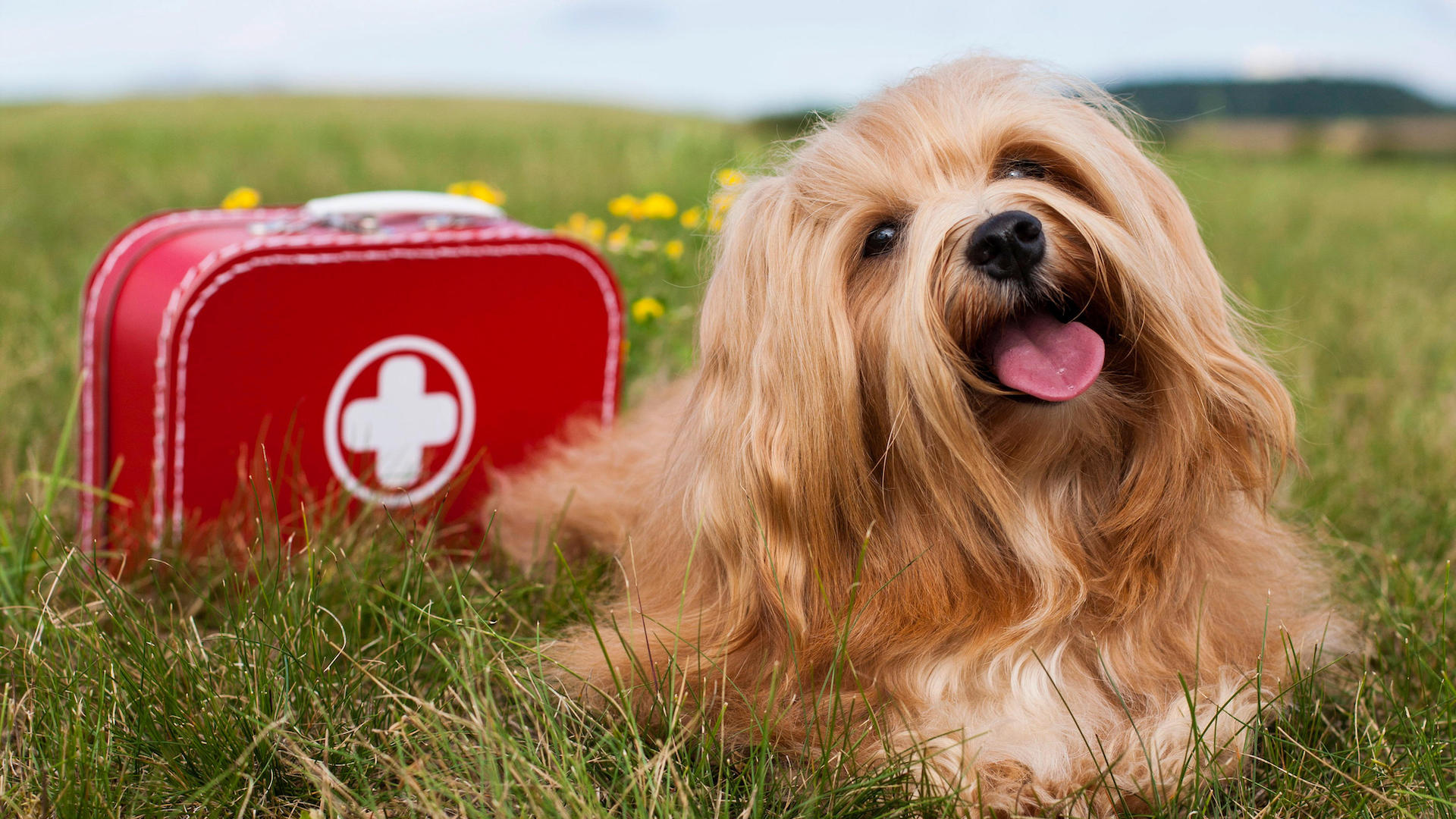
It might seem like excessive caution, but a great walk can rapidly deteriorate if your dog suffers an injury. Imagine they rip their ear on a barbed wire fence, or are stung by an insect, or graze their paw pads.
A small first aid kit – including a tick removal tool, sterile gauze, antibiotic ointment, and saline solution – is extremely useful for such situations, and can enable you to get the dog home more comfortably for further assessment.
18. Social walks

Walking with other like-minded dog lovers can be a joy, both for dogs and humans! It helps to socialize the dogs with other canine counterparts, and their owners will never run out of conversation, which is bound to revolve around their four-legged friends.
19. Family fun
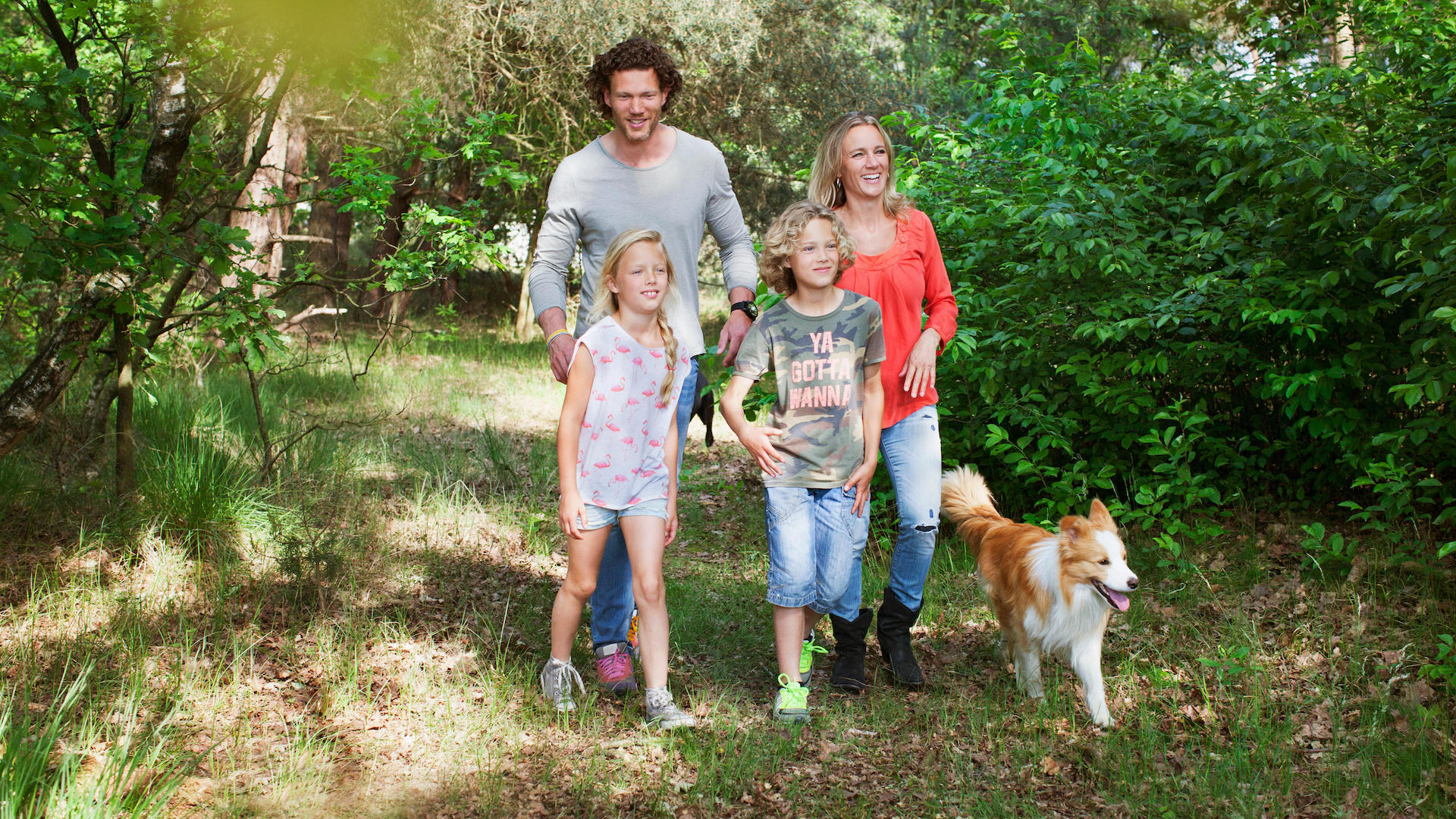
It’s enriching for dogs to have all of the family involved. It’s likely that the parents do the lion’s share of the regular walks due to schooling commitments, but when the kids are free, they bring a whole new energy to the party.
Kids will run and play with the dog when the parents might feel jaded, and our pups love it. It boosts their mental stimulation, makes the walks more interesting for the younger members of the family, and strengthens the family bond with the dog.
20. End on a high

If you want to use walks as training sessions – which is a great idea – make sure you end on a high. Finish with an easy task so that the dog feels content and engaged, not bored and frustrated that he can’t fulfill your commands.
And never exercise your dog to the point of exhaustion – always finish on a high. Remember, the walk is the highlight of their day.
Read next: How to keep dog walks fun
Edited by Georgia Guerin and Alexis de Leaver.
This feature was last updated in June 2025 by Martha Terry.
Martha is an experienced journalist working in both print and digital media. She specializes in the canine, equine and rural sphere where she has covered a wide range of topics from cloning animals and the ingredients for a perfect yard dog, to helping owners find the best canine GPS trackers on the market. When she’s not busy writing about dogs and horses, she’ll be found either aboard a horse or looking after the menagerie of pets in her care.
